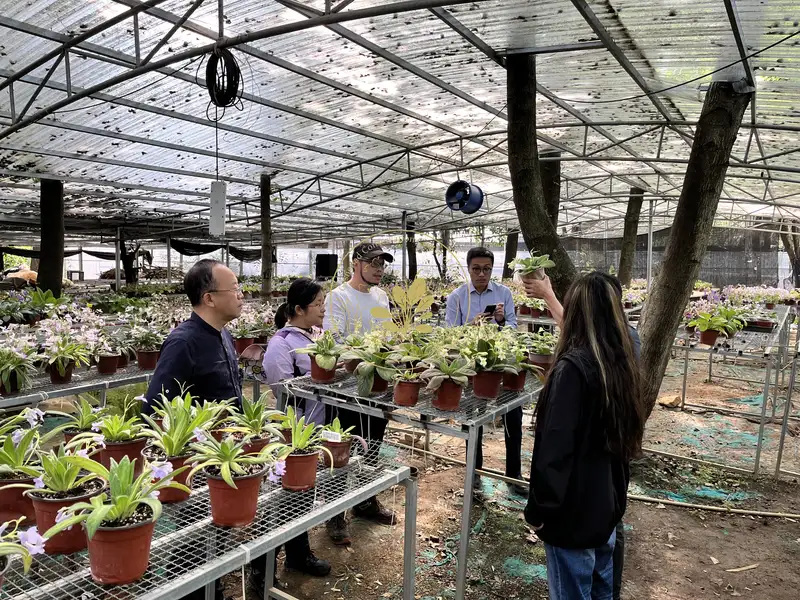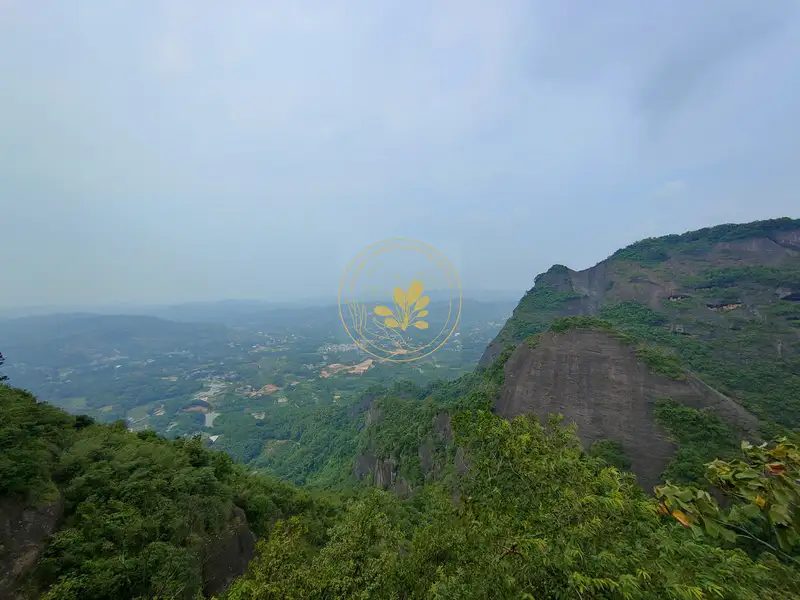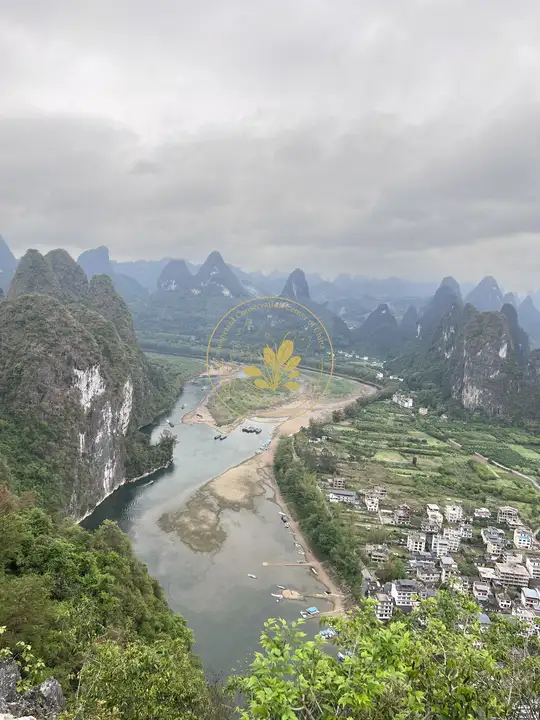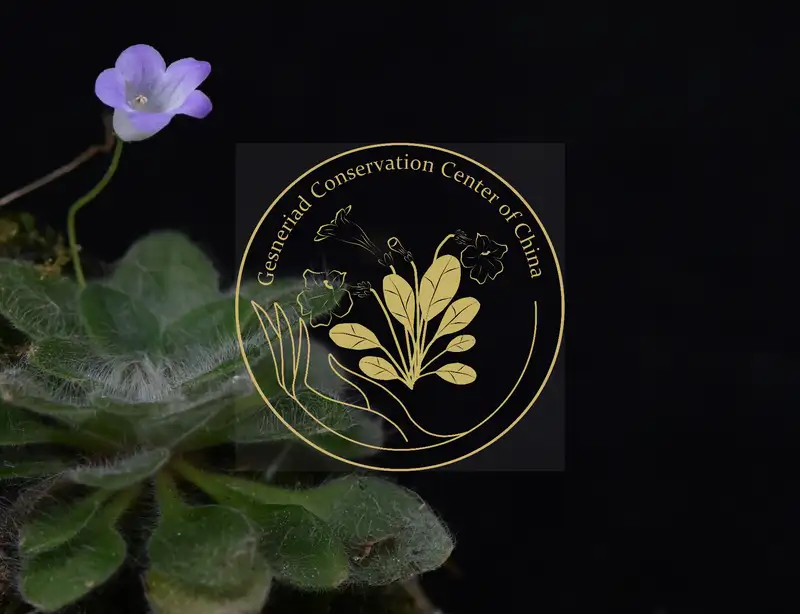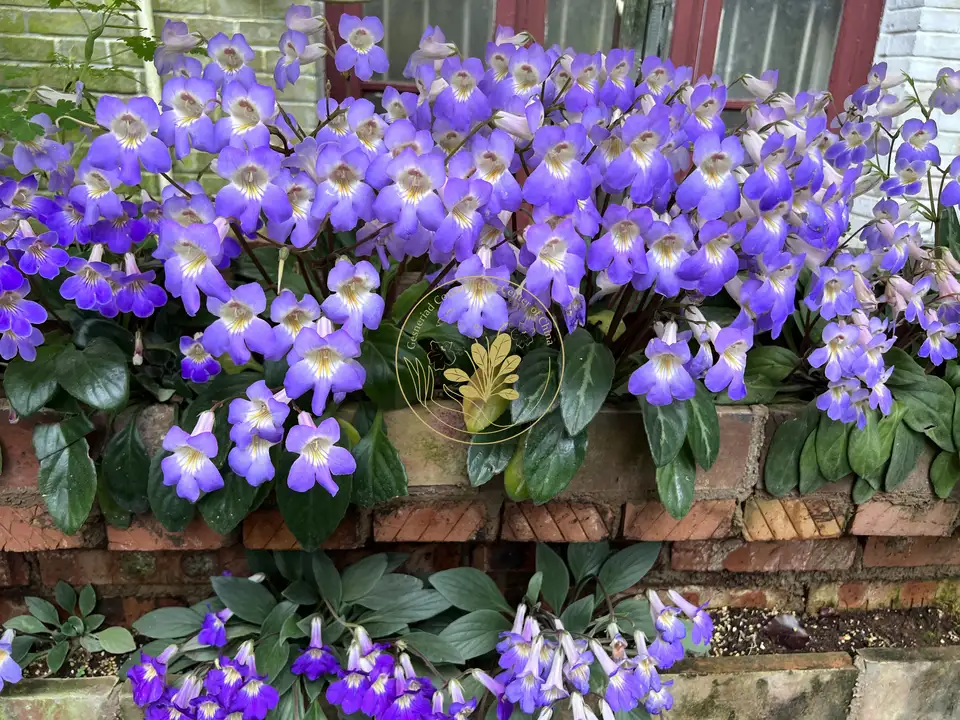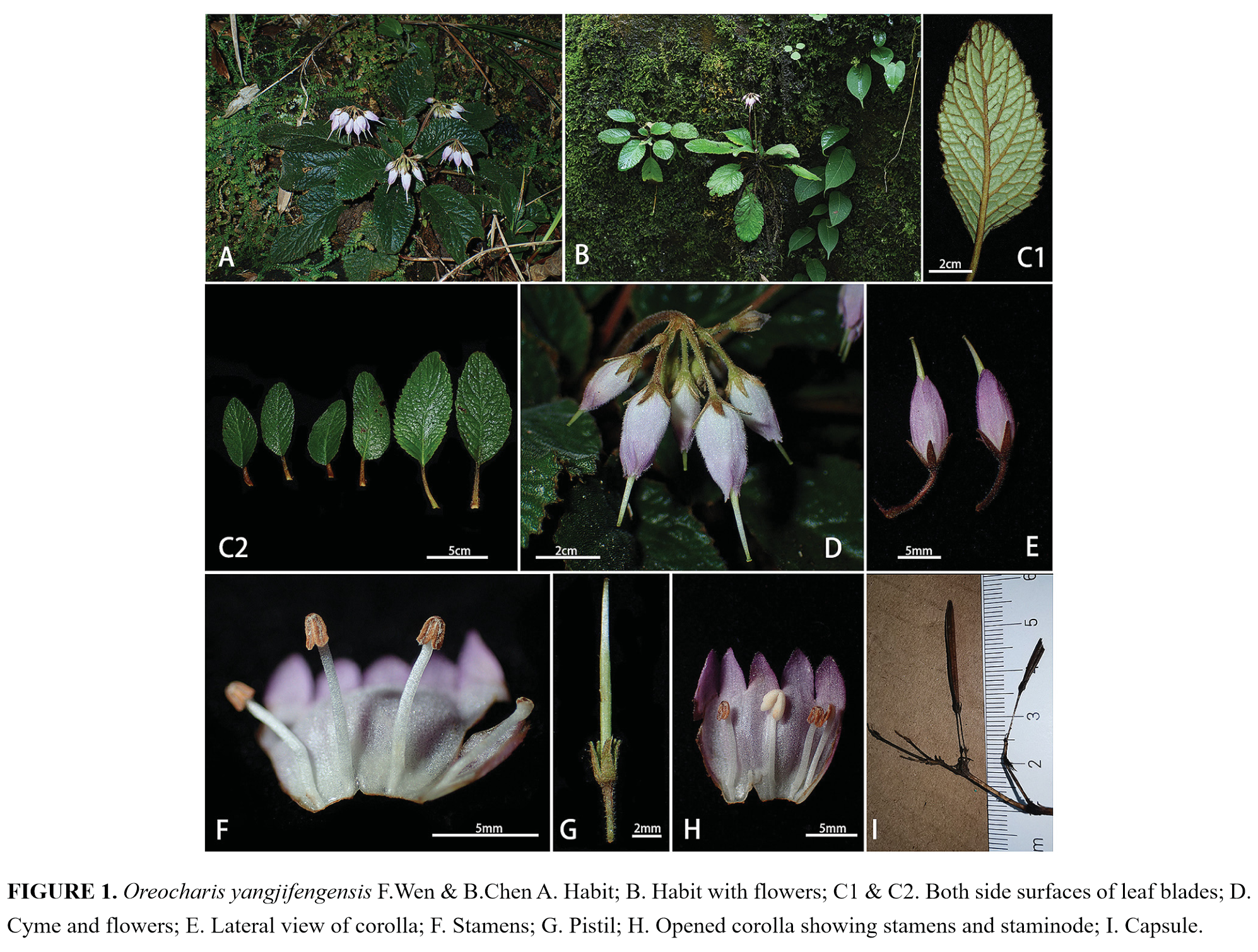No.9 You-Sheng Chen, Yun-Feng Huang, Lian-Sheng Xu & Bing-Mou Wang
Two new species of Litostigma (Gesneriaceae) from theChina–Vietnam border area based on morphological andmolecular data, adding new stigma characters for the genus
Nordic Journal of Botany2021: e02971
ABSTRACT
Litostigma is a recently described small genus with two species confined to limestone karsts in southwestern China and adjacent Vietnam. During the course of field works on the limestone karsts of the China–Vietnam border area, two unknown species of Litostigma were collected. Molecular phylogenetic analyses based on nuclear ITS sequences strongly confirm the placements of the two new species in Litostigma. However, these two new species can be distinguished from the previously known species by distinct morphological characters. Thus, Litostigma pingbianense and L. napoense are recognized as two new species. This adds to the morphological variability of the genus. Most importantly, both simple and divided stigmas do occur in this genus.
Original article link:
① https://onlinelibrary.wiley.com/doi/abs/10.1111/njb.02971;
②https://www.researchgate.net/profile/Yousheng-Chen-2/publication/348685265_Two_new_species_of_Litostigma_Gesneriaceae_from_China_Vietnam_border_area_based_on_morphological_and_molecular_data_and_modification_of_stigma_character_of_the_genus/links/6076e40ca03fca55fe2ad952/Two-new-species-of-Litostigma-Gesneriaceae-from-China-Vietnam-border-area-based-on-morphological-and-molecular-data-and-modification-of-stigma-character-of-the-genus.pdf
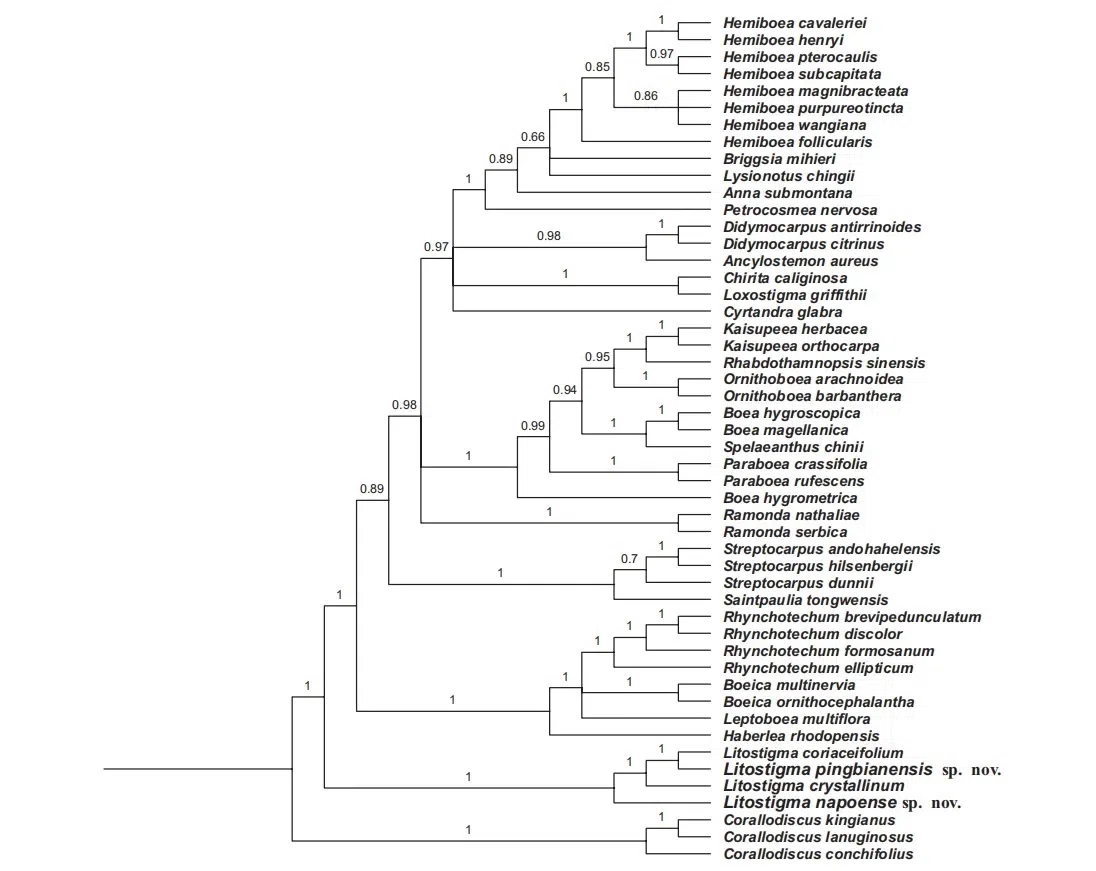
Figure 1. BI tree inferred from ITS sequences. Numbers above branches are Bayesian posterior probabilities (PP).
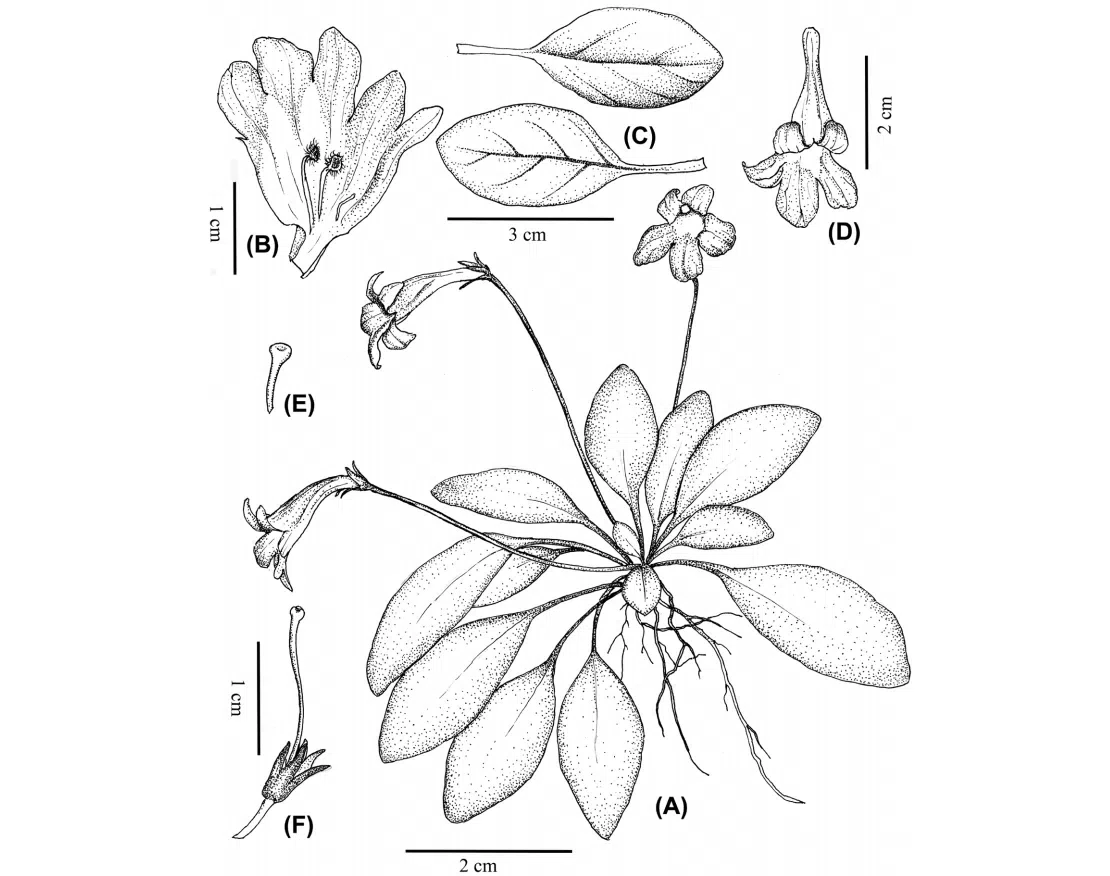
Figure 2. Litostigma pingbianense sp. nov. (A) Habit, (B) corolla open with stamens and staminodes, (C) leaf blade, (D) corolla, (E) stigma,(F) calyx and pistil. (Drawn by Bing-Mou Wang based on Y. S. Chen et al. PB0718).
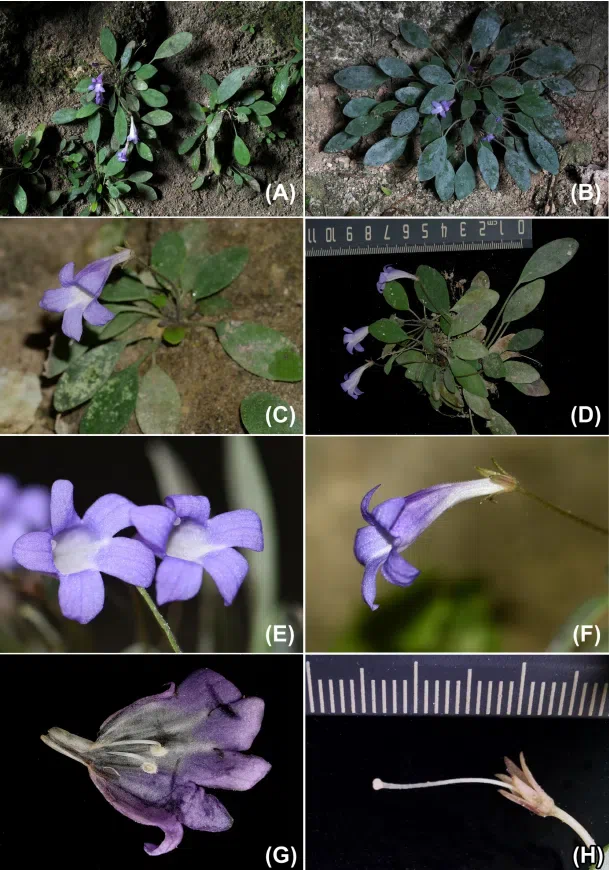
Figure 3. Living plants of Litostigma pingbianense sp. nov. (A–D) Habit, (E) corolla in front view, (F) corolla in lateral view, (G) corolla open showing stamens and staminodes, (H) calyx and pistil. (Photos by You-sheng Chen based on Y. S. Chen et al. PB0718).
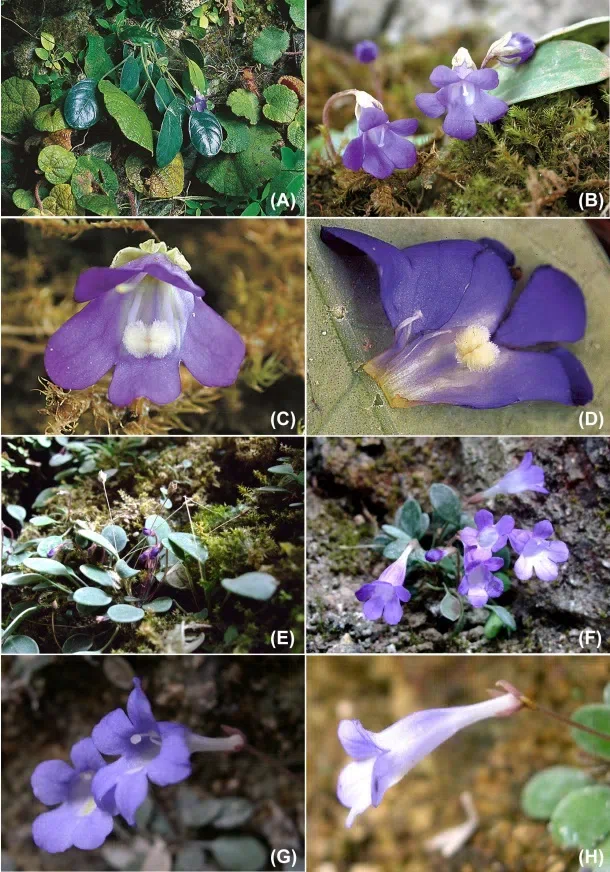
Figure 4. Living plants of Litostigma crystalinum and L. coriaceifolium. (A–B) Habit, (C) corolla in front view, (D) corolla open stamens andstaminodes, (E–F) habit, (G) corolla in front view, (H) corolla in lateral view. (A–D) Litostigma crystalinum (photos taken by Yu-Ming Shuibased on type material of L. crystalinum, (E–H), L. coriaceifolium (photos taken by Fang Wen based on type material of L. coriaceifolium).
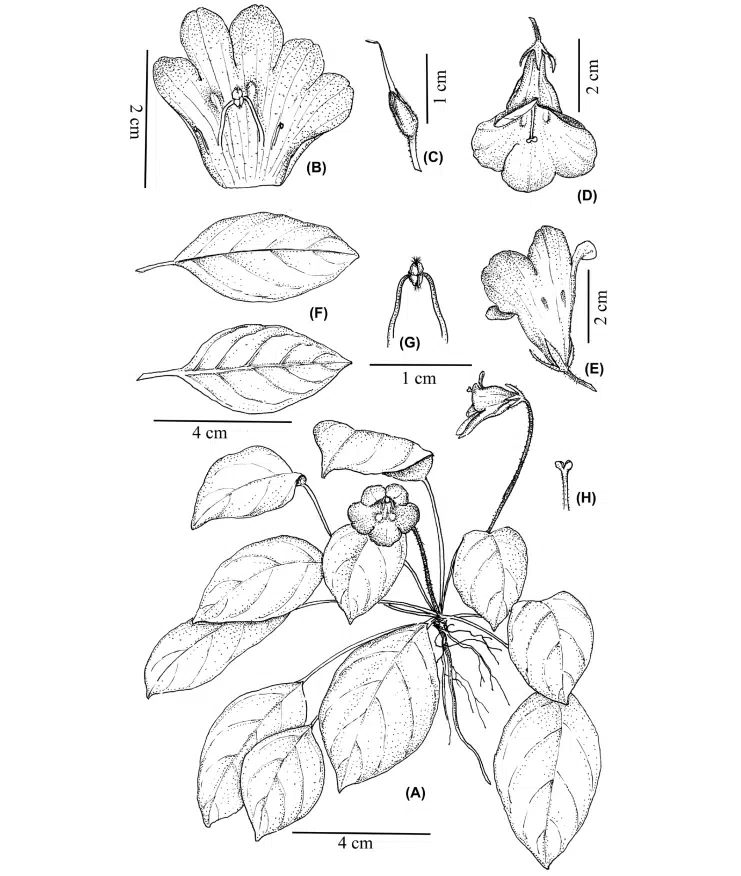
Figure 5. Litostigma napoense sp. nov. (A) Habit, (B) corolla open with stamens and staminodes, (C) calyx and pistil, (D) corolla in front view,(E) corolla in lateral view, (F) leaf blade, (G) stamens, (H) stigma. (Drawn by Bing-Mou Wang based on Y. F. Huang & Y. Nong 79975).
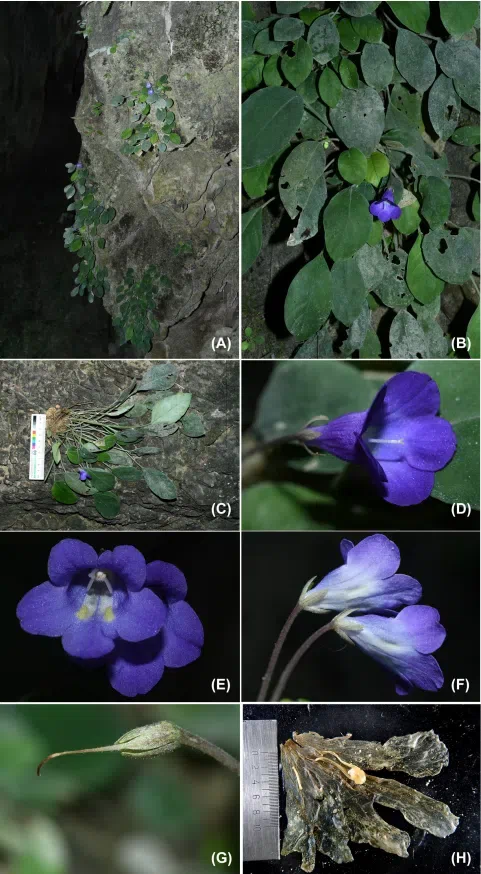
Figure 6. Living plants of Litostigma napoense sp. nov. (A) Habitat, (B–C) habit, (D) corolla in upper view, (E) corolla in front view, (F)corolla in lateral view, (G) calyx and pistil, (H) corolla open showing stamens and staminodes. (Photos taken by Yun-Feng Huang based onY. F. Huang & Y. Nong 79975).
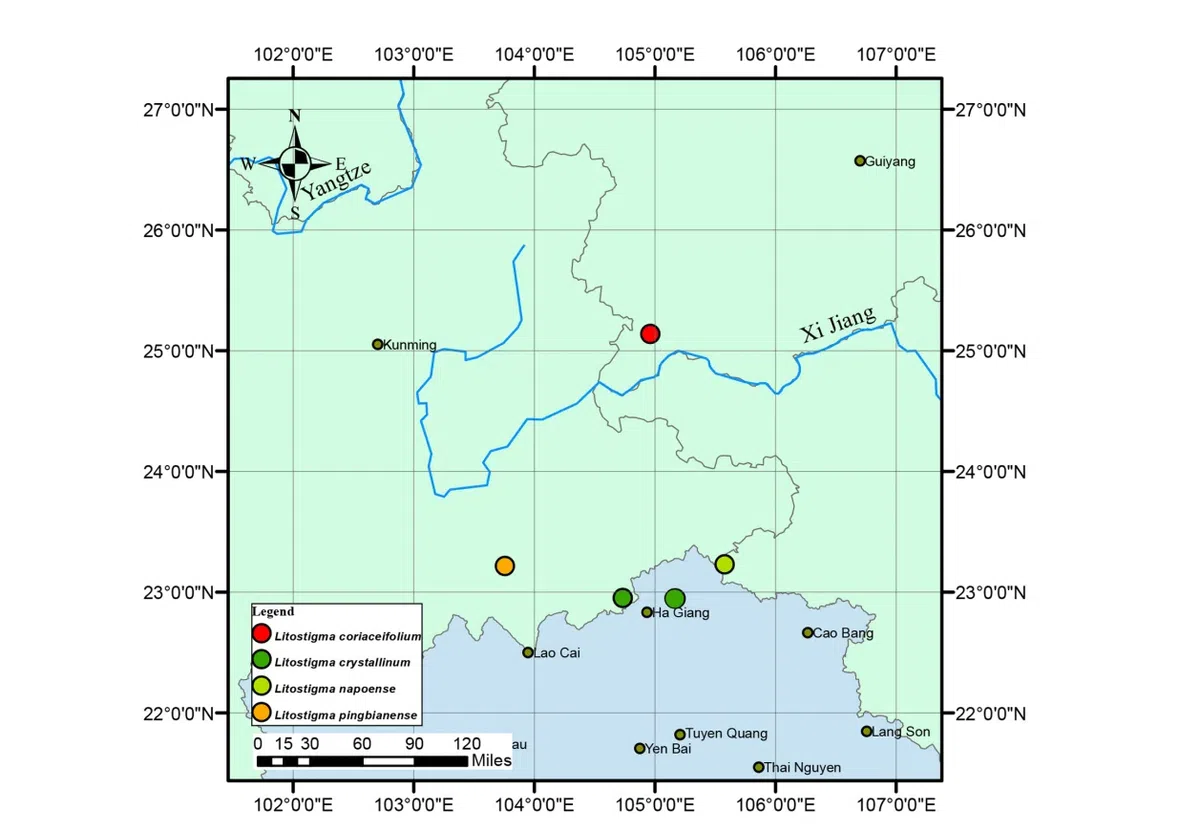
Figure 7. Distribution of the genus Litostigma.



